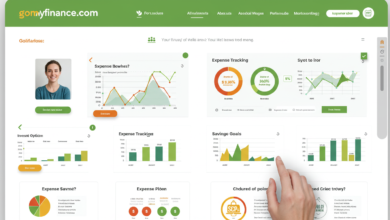
Consumers are a vital cog in every business. NetBaseQuid offers futuristic solutions for consumer and market intelligence. In this age, customer research is widely adopted by businesses, given its informed ability to facilitate concise decision-making. Data from customer research offers valuable insight into consumers, allowing marketing teams to correctly influence the market. Consumer information is fast and ever-growing, hence the need to quickly and efficiently harness its potential. Customer research assesses the prospects’ purchasing behavior, attitude, and preferences using relevant research methods. The collected information may be used to categorize these prospective customers using their traits. Based on these categorized personas, marketing teams can tailor relevant marketing campaigns.
Types of consumer research
Primary customer research calls for direct interaction with the target clients. It allows the marketing team to address customer segments and the expected research objectives. On the other hand, secondary consumer research utilizes information from a relevant third party. This is evident in how numerous marketing research firms are looking into industry-specific information. Quantitative customer research offers statistical information, calling for skilled experience from the research team. The information needs to be as inclusive as possible. It makes use of scaled parameters to give information that can be analyzed statistically.
Qualitative customer research makes use of open-ended questions to get descriptive information on the target consumer, including their attitudes and feelings towards your brand. The most appropriate type of customer research will depend on the target consumer and the required information, as determined by the marketing team.
Consumer research methods
Numerous research methods can be tailored to this endeavor. Focus groups are an ideal research method given their ability to give real-time market responses, which can be used for marketing decisions. This method is ideal for collecting initial consumer information and often calls for experienced intervention. Surveys are an elaborate method of collecting large volumes of consumer information. This information is collected directly from the clients, in most cases through telephone surveys. The target population is ideally selected to represent the entire population. Interviews will also go a long way in giving first-hand consumer feedback, which is extremely viable.
In cases where direct intervention may not work, companies may use observation methods to collect viable information. This entails observing consumer trends, habits, and attitudes to facilitate decision-making. Market segmentation may be used as a research method given its ability to identify clusters of potential customers. It will also allow the firm to directly target this segment based on its specific characteristics. Firms may also consider using already established information from third parties to gain valuable market insight. This secondary data helps mitigate risks based on consumer response to previous marketing decisions.
Benefits of consumer research
This research allows businesses to get an accurate feel of their target consumer needs. This allows marketing teams to make decisions that make consumers the first consideration. The business decisions should directly address consumer preferences. The research also helps businesses maintain a clear focus on the consumer landscape. The opinions made by the marketing team should not violate consumer opinions. Maintaining consumer focus allows firms to maximize their time and expenditures and come up with relevant long-term marketing plans.
Elaborate customer research allows businesses to establish relevance with the consumers. The consumer market is extremely dynamic, hence the need for firms to observe these trends and make decisions that keep them as the most viable option. It can be used to gain a competitive edge over other firms by keeping in touch with the customer base. This research can be used to adapt your brand products and services to the fluctuating market.



